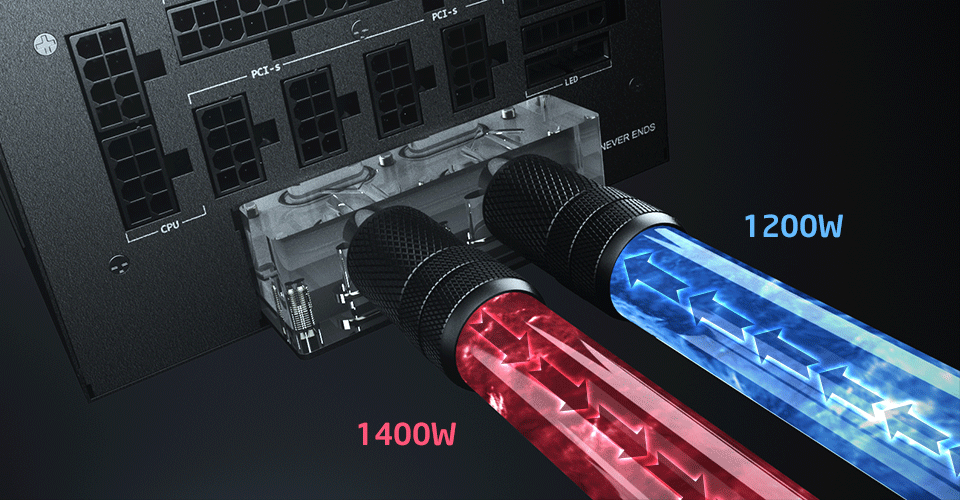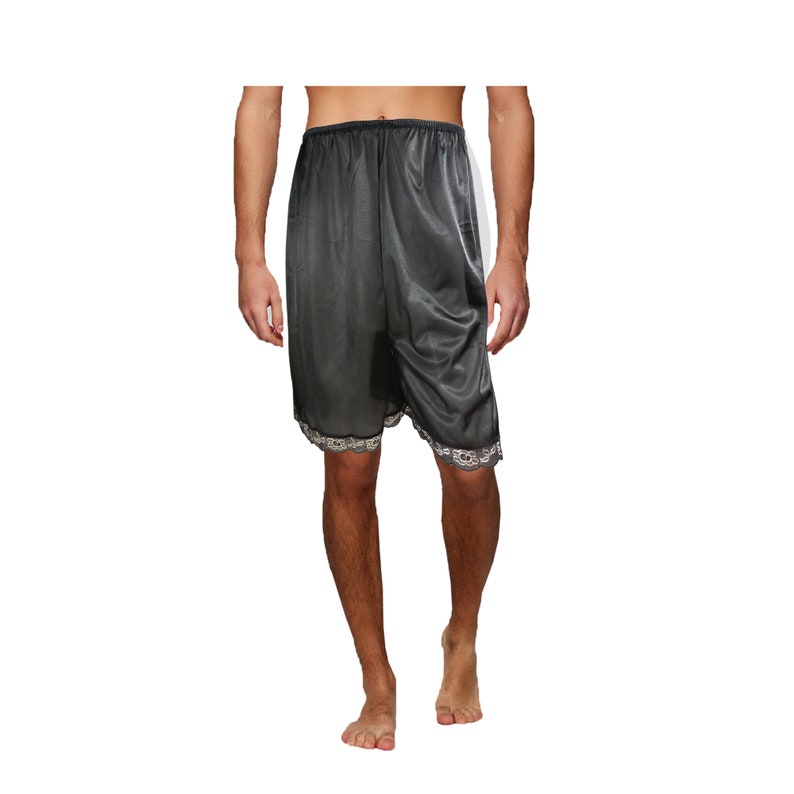
The study was supported by Western Norway Regional Health Authority, the Meltzer Foundation, Kjell Alme's Legacy for Research in Multiple Sclerosis, the Frank Mohn Foundation, the Research Council of Norway and the Kristian Gerhard Jebsen Foundation. Supplemental Table S5 lists the 148 peptides which were identified both by the global and the glyco approach (true glycopeptides), indicating partial occupancy of glycosylation sites. Supplemental Table S4 lists the 18 proteins which were identified only in the glycopeptide enrichment experiment. Supplemental Table S3 lists the 24 most widespread proteins in the gel in the depleted and gel separated experiment. Supplemental Table S2 lists all the peptides where new glycosylation sites have been identified. Supplemental Table S1 includes information about the 21 subjects who donated the CSF and plasma used in this study. Supplemental File S1 A and S1 B gives a description of in-gel and in-solution digestion, respectively, and Supplemental File S1 C gives a detailed description of the analysis of the glycopeptide data. The Supplemental Files (S1 A–S1 C) contain detailed descriptions for some of the methods.

is available through CSF-PR at and through PRIDE.

Part 1 PXD000651 – CSF, gel separated, bound fraction Part 2 PXD000652 – CSF, gel separated, depleted fraction Part 3 PXD000653 – CSF, glyco enriched, mixed-mode separated Part 4 PXD000654 – CSF, mixed-mode separated, depleted fraction Part 5 PXD000655 – CSF, mixed-mode separated, bound fraction Part 6 PXD000656 – Plasma, mixed-mode separated, bound fraction Part 7 PXD000657 – Plasma, mixed-mode separated, depleted fraction.Īll data about proteins and peptides identified in this study, including accession numbers, number of distinct peptides for identified proteins, precursor charges, modifications, score, confidence etc. SUPPORTING INFORMATION: The mass spectrometry proteomics data have been deposited to the ProteomeXchange Consortium via the PRIDE partner repository ( 63), in seven separate datasets with the dataset identifiers PXD000651- PXD000657. contributed new reagents or analytic tools A.G., H.V., Y.F., E.O., J.A.O., H.B., and F.S.B. performed research Y.F., M.B., H.B., and F.S.B. All mapping results are freely available via the new CSF Proteome Resource ( ), which can be used to navigate the CSF proteome and help guide the selection of signature peptides in targeted quantitative proteomics.Īuthor contributions: A.G., H.V., E.O., K.M., J.A.O., H.B., and F.S.B. An overlap of 877 proteins was found between the two body fluids, whereas 2204 proteins were identified only in CSF and 173 only in plasma.

From parallel plasma samples, we identified 1050 proteins (9739 peptide sequences). To our knowledge, this is the largest number of identified proteins and glycopeptides reported for CSF, including 417 glycosylation sites not previously reported.

A maximal protein set of 3081 proteins (28,811 peptide sequences) was identified, of which 520 were identified as glycoproteins from the glycopeptide enrichment strategy, including 1121 glycopeptides and their glycosylation sites. In this study, the human cerebrospinal fluid (CSF) proteome was mapped using three different strategies prior to Orbitrap LC-MS/MS analysis: SDS-PAGE and mixed mode reversed phase-anion exchange for mapping the global CSF proteome, and hydrazide-based glycopeptide capture for mapping glycopeptides.


 0 kommentar(er)
0 kommentar(er)
